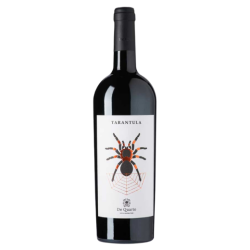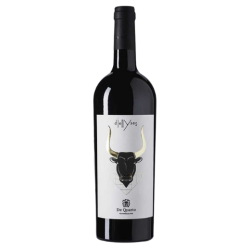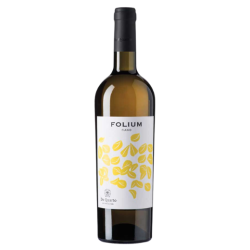Puglia

The heel of the Italian boot benefits from exceptional pedoclimatic conditions for vine cultivation. The Salento peninsula, in particular, which stretches between the Adriatic and Ionian Seas, is one of the sunniest and hottest regions in Italy. This favorable situation for vine development was utilized by Greek colonists who landed there in the 8th century BC, earning Apulia the reputation of being Italy’s (and even Europe’s) "reservoir." The region’s wines, rich in color and alcohol, were long used to blend with wines from northern areas.
Although vines were already cultivated in southeastern Italy from ancient times, it is likely the Greeks who introduced many varieties now considered indigenous, such as Negroamaro and Uva di Troia. The Greeks also introduced the alberello method of viticulture. Encompassed in Magna Graecia (Greater Greece), Apulia is still deeply imbued with Hellenic culture, even in the language, with some local dialects directly derived from ancient Greek.
Following the Roman victory over Pyrrhus in 275 BC, the Romans extended their domination in this peninsula region, giving a new impetus to wine production and trade, notably by extending the Via Appia to Taranto and building the port of Brindisi in 244 BC. Enormous caves were dug into the rock at Brindisi to store wine, facilitating its shipping and export. It is no surprise, then, that Pliny the Elder referred to the lands of Manduria as viticulosae, meaning "full of vines."
Although less prosperous, medieval viticulture in Apulia continued thanks to the efforts of monks and the foresight of Emperor Frederick II, who planted thousands of vine stocks imported from Campania. However, it wasn't until the Renaissance that Apulian wines gained recognition in the courts of other Italian and European regions.
The phylloxera disaster of the late 19th century struck Apulia somewhat later, allowing the region to continue supplying wine to northern Europe, which was severely affected. This led to an influx of entrepreneurs, primarily French and German, who exported Apulian wine. However, the insect eventually caused havoc in the south as well, and after this crisis, indigenous vine varieties were largely replaced by more resistant ones. Simultaneously, the cultivation of Primitivo, Negroamaro, and Uva di Troia was intensified to increase the production of blending wine, often at the expense of quality. It was not until the 1990s that local producers recognized the enormous potential of their lands and began to convert to quality production.



